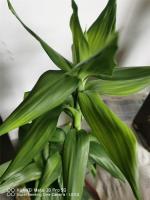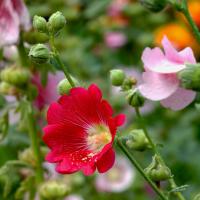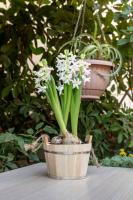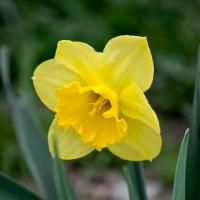When to Plant Tomatoes in Zone 6b
Zone 6b is a U.S. Department of Agriculture plant hardiness zone that covers areas with average annual extreme minimum temperatures between -5 and 0 degrees Fahrenheit (-20.6 to -17.8 degrees Celsius). This zone includes regions in the northeast and Midwest, such as parts of New York, Pennsylvania, Ohio, and Illinois. Tomatoes are popular garden vegetables that require warm soil and air temperatures to thrive, so when is the best time to plant tomatoes in Zone 6b?
Last Frost Date
One important factor to consider when planting tomatoes is the last frost date in your area. Tomatoes are cold-sensitive and cannot survive frost, which can damage or kill young plants. Therefore, it's essential to wait until the risk of frost has passed before planting tomatoes outdoors. In Zone 6b, the last frost date can vary depending on location and microclimate, but generally, it falls between early April and early May. You can check your area's last frost date using various online resources or by contacting the local extension service or garden center.
Soil Temperature
Another critical aspect to consider when planting tomatoes is the soil temperature. Tomatoes prefer warm soil that is at least 60 degrees Fahrenheit (15.5 degrees Celsius) for optimal growth and fruit production. If you plant tomatoes in cold soil, they may experience stunted growth, poor root development, yellow leaves, or other problems. To check the soil temperature, use a soil thermometer and measure it at a depth of 4-6 inches (10-15 cm) in the planting hole or bed. If the soil temperature is below 60 degrees Fahrenheit, you can warm it up by covering the planting area with black plastic or using a cloche or row cover. Alternatively, you can wait until the soil naturally warms up in the spring or summer.
Planting Time
Based on the above factors, the optimal time to plant tomatoes in Zone 6b is after the last frost date and when the soil temperature is at least 60 degrees Fahrenheit. Depending on your local conditions, this could be anywhere from late April to early June. However, keep in mind that planting times can vary depending on the tomato variety, cultivation method, and personal preference. For example, if you want to extend the tomato season or start earlier, you can plant tomatoes indoors or in a greenhouse several weeks before the last frost date and transplant them outside when the weather and soil conditions permit. Alternatively, you can plant tomatoes later in the season and use techniques such as mulching, pruning, and feeding to maximize their growth and yield.
Tips for Planting Tomatoes in Zone 6b
Here are some additional tips for planting and growing tomatoes in Zone 6b:
Choose appropriate tomato varieties that are well-suited for your climate and soil. Some good options for Zone 6b include Early Girl, Better Boy, Celebrity, and Rutgers.
Prepare the planting area by loosening the soil, removing weeds and debris, and adding compost or other organic matter to improve fertility and drainage.
Plant tomatoes in a sunny spot with at least 6-8 hours of direct sunlight per day. Avoid planting them in shady or wet areas or where tomatoes or other nightshade plants have grown recently to reduce the risk of diseases.
Space the tomato plants according to their mature size and the cultivation method, typically 18-36 inches (45-90 cm) apart for determinate varieties and 24-48 inches (60-120 cm) apart for indeterminate ones.
Water tomatoes deeply and regularly, especially during hot and dry periods, but avoid overwatering or keeping the soil constantly wet, which can cause root rot or other issues.
Support the tomato plants with stakes, cages, or trellises to prevent them from falling or sprawling and to facilitate harvesting and disease control.
Fertilize tomatoes with a balanced, slow-release formula or compost tea, following the package instructions or your soil test recommendations, and avoid using excessive nitrogen or high-phosphorus formulas that can lead to foliage growth or fruit rot.
With these guidelines and precautions, you can enjoy a bountiful crop of tomatoes in Zone 6b and savor their delicious flavor and versatility in salads, sauces, sandwiches, and more.

 how many times do yo...
how many times do yo... how many planted tre...
how many planted tre... how many pine trees ...
how many pine trees ... how many pecan trees...
how many pecan trees... how many plants comp...
how many plants comp... how many plants can ...
how many plants can ... how many plants and ...
how many plants and ... how many pepper plan...
how many pepper plan...

































